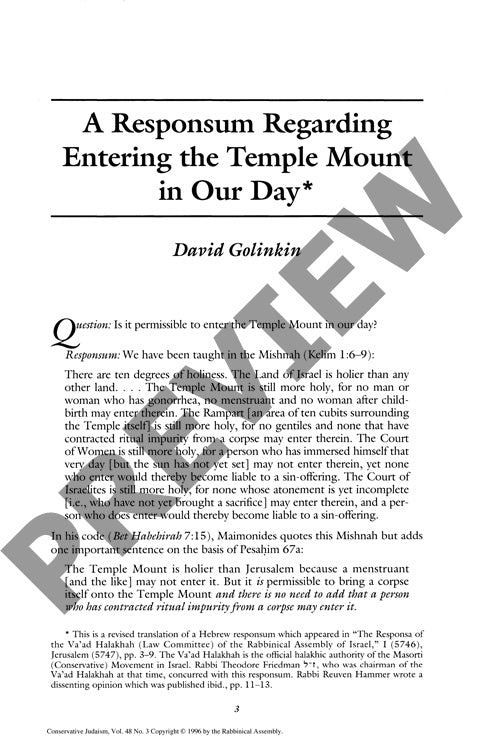A Responsum Regarding Entering the Templ
Couldn't load pickup availability
This responsum examines the permissibility of entering the Temple Mount in contemporary times through analysis of classical halakhic sources and archaeological evidence. The study addresses the fundamental question of whether the ten degrees of holiness outlined in Mishnah Kelim remain valid today, focusing particularly on the disputed opinions between Maimonides and Ra'avad regarding the perpetual sanctity of the Temple Mount after its destruction. The methodology combines textual analysis of Talmudic and medieval sources with historical documentation and archaeological findings to determine precise boundaries of sacred areas. Key findings demonstrate that Jews continuously entered and prayed on the Temple Mount from the first through fifteenth centuries CE, including visits by prominent figures such as Maimonides himself in 1165. The research establishes that ritual impurity from corpse contact does not prohibit entry to the entire Temple Mount, but only to specific inner sanctified areas including the Rampart and Court of Women, with the severe penalty of karet applying solely to the Court of Israelites and beyond. Archaeological evidence confirms that the current Temple Mount significantly exceeds the dimensions described in classical sources, with large northern and southern areas added by King Herod falling outside the original sanctified boundaries. The responsum concludes that entry is permissible to specific areas of the Temple Mount, particularly the southern section near El-Aksa Mosque and northern areas, while maintaining prohibition on the central raised platform around the Dome of the Rock based on both ritual purity concerns and the eternal commandment to venerate the Temple.

More Information
-
Physical Description
-
Publication Information
Published 1996
ISBN
-
Publication Credits
David Golinkin

